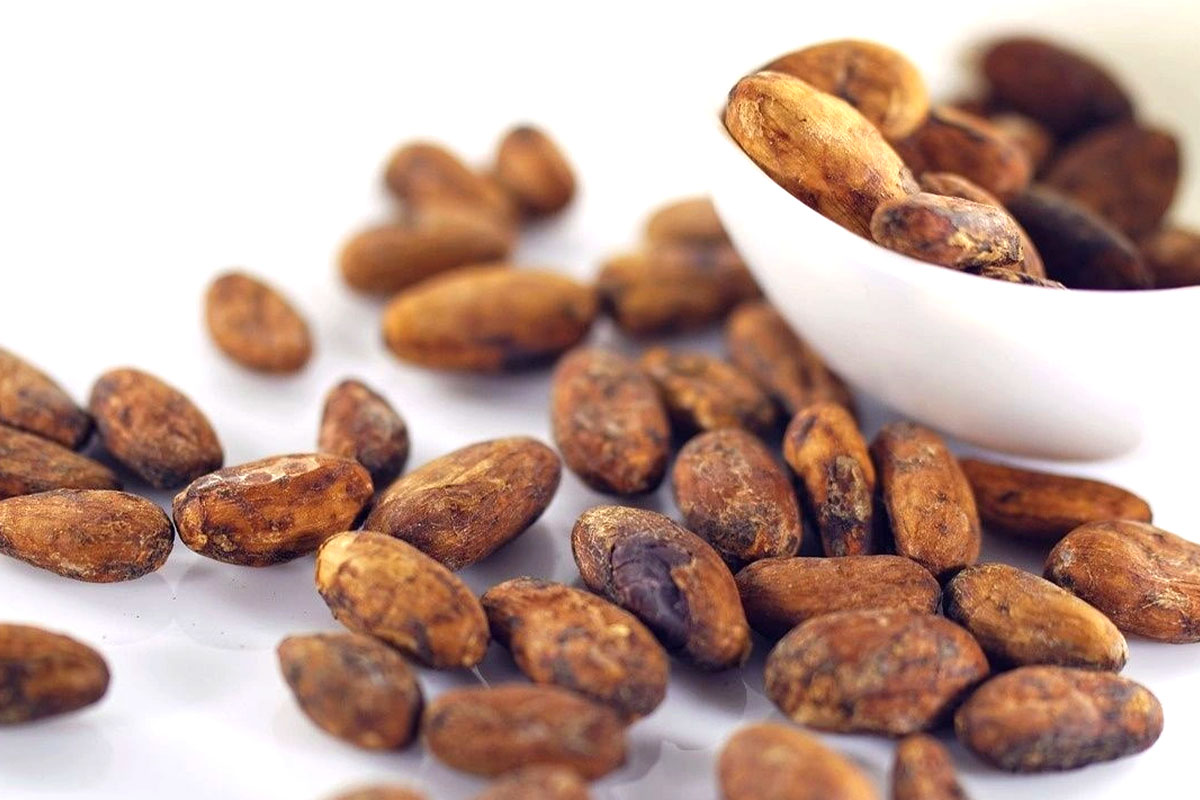The global commodities market has experienced significant volatility this year, with prices generally remaining elevated across various sectors. The first half of the year saw orange juice and cocoa prices reach record highs, while crude oil prices fluctuated in response to headlines from the Middle East. Gold continued its upward trajectory, but basic metals such as iron ore saw sharp declines.
Soft commodities have been among the biggest winners this year. According to data from FactSet, items like cocoa, eggs, orange juice, rubber, and coffee have seen substantial year-on-year gains. Analysts attribute these increases to adverse weather conditions in key production regions, which have disrupted supply chains and driven prices higher.
On the energy front, crude oil prices have been highly sensitive to geopolitical developments. Although the S&P GSCI, a benchmark for overall commodity market performance, surged by as much as 12% in April, it has since moderated, showing a year-to-date gain of just 2.18%.
However, not all commodities have fared well. Iron ore and other base metals have struggled due to weaker-than-expected industrial demand, particularly from China. The slowdown in the world’s second-largest economy has put downward pressure on these commodities, leading to significant price drops.


Sabrin Chowdhury, Director and Head of Commodities Analysis at BMI, noted that “commodity markets have been sentiment-driven and volatile—constantly searching for the slightest hint of optimism to rally, only to collapse again at the first sign of potential disappointment.”
As the year progresses, the global commodities landscape remains uncertain, with weather patterns, geopolitical tensions, and economic conditions continuing to play a pivotal role in shaping market outcomes. While some commodities have thrived amid these challenges, others have struggled, underscoring the complex and unpredictable nature of global markets.












